-
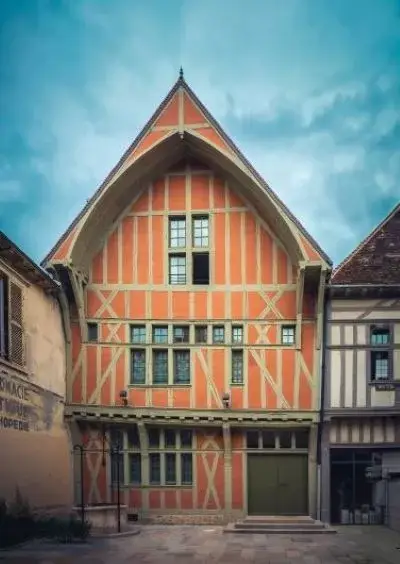
Troyes, France: Discovering Medieval History and Vibrant Culture
•
Troyes, a charming city in northeastern France, offers a unique blend of medieval history and vibrant culture. With its well-preserved architecture and surrounding picturesque countryside, Troyes is a captivating destination for travelers seeking both historical depth and natural beauty. Introduction to Troyes Troyes, a city steeped in history, is renowned…
-
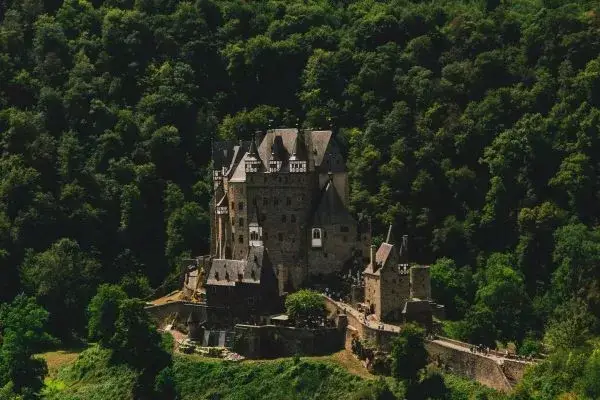
Discover the Hidden Treasures of the Rhine Valley: Exploring Lesser-Known Castles
•
Did you know that the Rhine Valley is home to over 40 castles, many of which remain hidden gems, far less crowded than their famous counterparts? While most travelers flock to landmarks like Marksburg or Rheinfels, the valley is dotted with lesser-known castles that offer a unique glimpse into medieval…
-
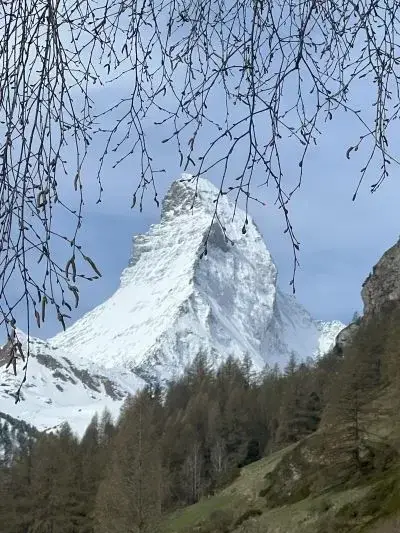
Swiss and Italian Alps in May
•
As snow melts and flowers bloom, May is perfect for exploring the Alps. These mountains, spanning Switzerland and Italy, promise stunning views and diverse activities. Adventure, relaxation, or cultural immersion—whatever you seek, the Swiss and Italian Alps deliver. Swiss Alps Highlights Start in Switzerland’s Bernese Oberland. Picture-perfect towns like Interlaken,…
-
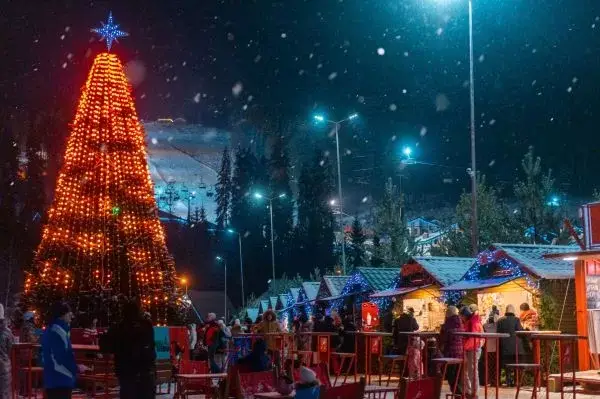
Christmas Markets in Europe with Our Grandkids
•
Copenhagen, Cologne, Strasbourg, Vienna, Prague Christmas markets in Europe are a magical experience for people of all ages. And what better way to enjoy these festive markets than with your grandkids? If you’re planning a trip to Europe during the holiday season, make sure to include a visit to the…
-
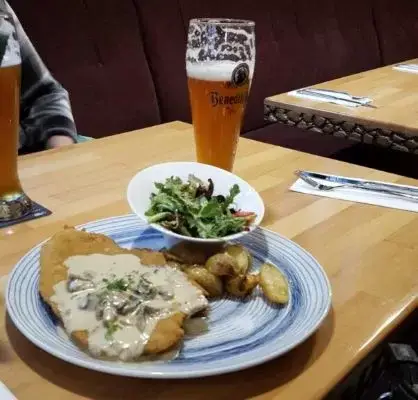
Europe’s Best-Kept Dining Secrets
•
When we consider European dining, our minds often drift to Michelin-starred establishments, renowned culinary hotspots like Paris or Barcelona, and well-known dishes such as Italian pasta or French croissants. Though these dining experiences are undeniably fantastic, seeking out the hidden gems of Europe’s culinary landscape brings a unique sense of…
-
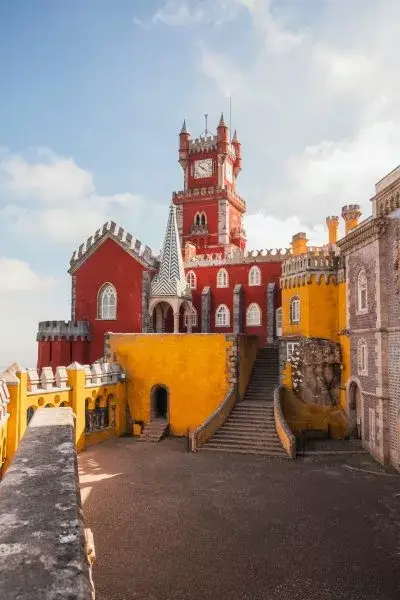
Portugal’s Hidden Gems: Unveiling Enchanting Sintra, Vibrant Porto, and Belmonte’s Heritage
•
Imagine a land where fairytale towns, vibrant cities, and captivating heritage come together to create a truly magical experience. Welcome to Portugal, a country that holds within its borders some of Europe’s best-kept secrets. In this article, we will embark on a journey to uncover Portugal’s hidden gems – the…
-
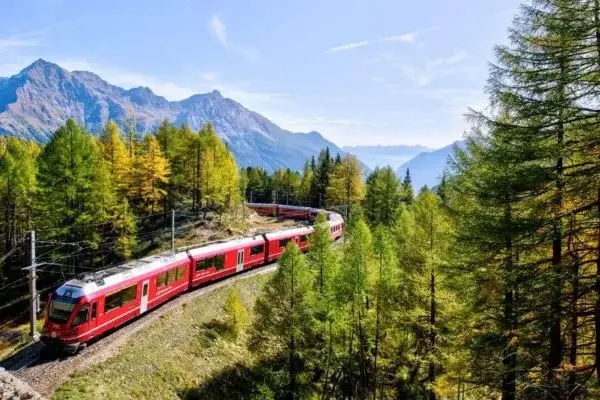
Scenic Train Rides in Europe: An Unforgettable Journey
•
Europe is renowned for its rich history, cultural diversity, and magnificent landscapes. One of the best ways to immerse oneself in this grandeur is by embarking on scenic train rides. These journeys not only offer breathtaking views but also serve as a comfortable and efficient way to traverse this diverse…
-
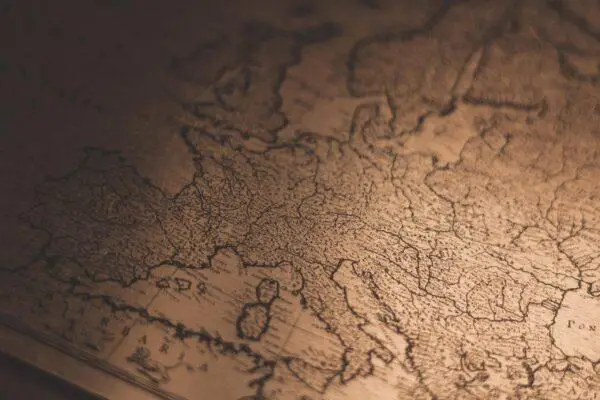
Unearth the Charm: Top 5 Cheap European Destinations for a Memorable Getaway
•
Europe, with its rich tapestry of cultures, history, and landscapes, has always been a magnet for travelers worldwide. While cities like Paris, London, and Rome might dominate most travel itineraries, they often come with a hefty price tag. But there’s good news for those on a budget! Europe boasts numerous…
-
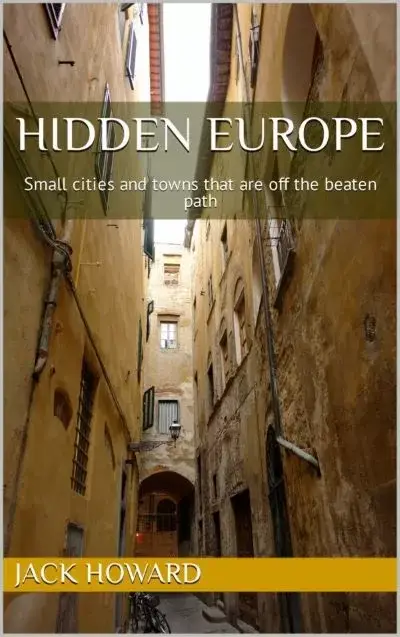
Hidden Europe – I wrote and published a book!!!
•
Just a short note to let you know that I have written and published a new book, Hidden Europe, available on Amazon: Hidden Europe: Small cities and towns that are off the beaten path Welcome to an enchanting odyssey through the less-explored corners of Europe, where the true charm and…
-
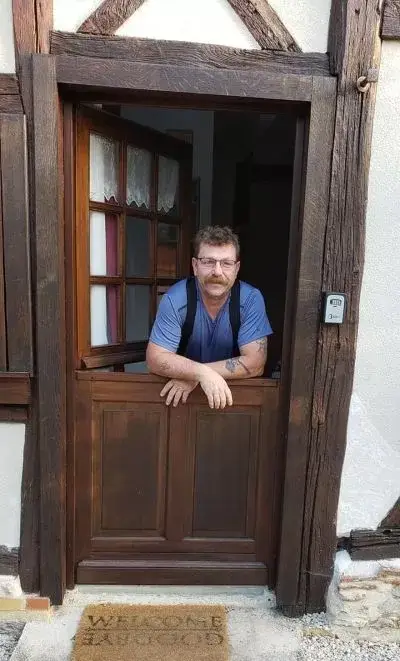
Planning a Trip to Europe – How We Do It
•
When I start planning a trip to Europe, I have a sort of order that I follow, and specifics that I look for to make the trip less expensive, more enjoyable and easy to execute. I start with finding a flight and car rental, then where we will stay, and…